The Fukushima Daiichi nuclear disaster was a nuclear accident at the Fukushima Daiichi Nuclear Power Plant in Ōkuma, Fukushima Prefecture. Following a major earthquake, a 15-metre tsunami disabled the power supply and cooling of three Fukushima Daiichi reactors, causing a nuclear accident on March 11, 2011. All three cores largely melted in the first three days. Due to the high radioactive releases over days 4 to 6, it is considered to be the most severe nuclear accident since the 1986 Chernobyl disaster, and the only other disaster to receive the Level 7 event classification of the International Nuclear Event Scale (INES).
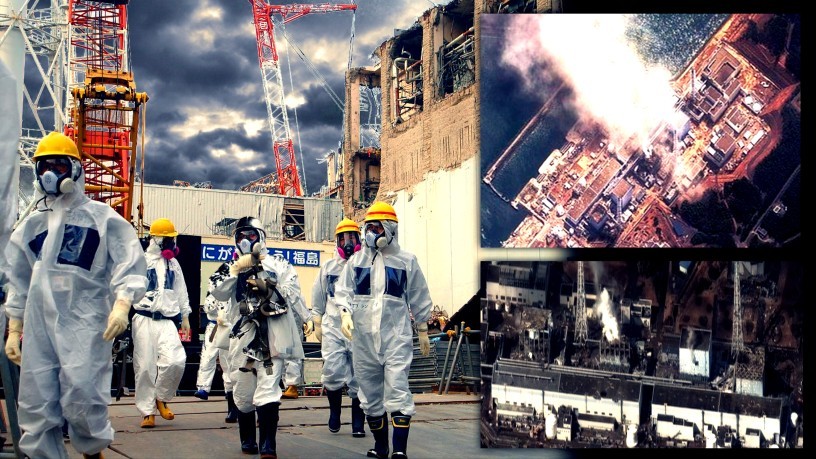
Radiation is a scary thing. You can’t see, taste or feel it, but we all know exposure may cause cancer, as well as, in extreme, it can breakdown our body cells, leading us to a horrible death. So how much danger do we really face from Fukushima in Japan?
The Fukushima Daiichi Nuclear Accident
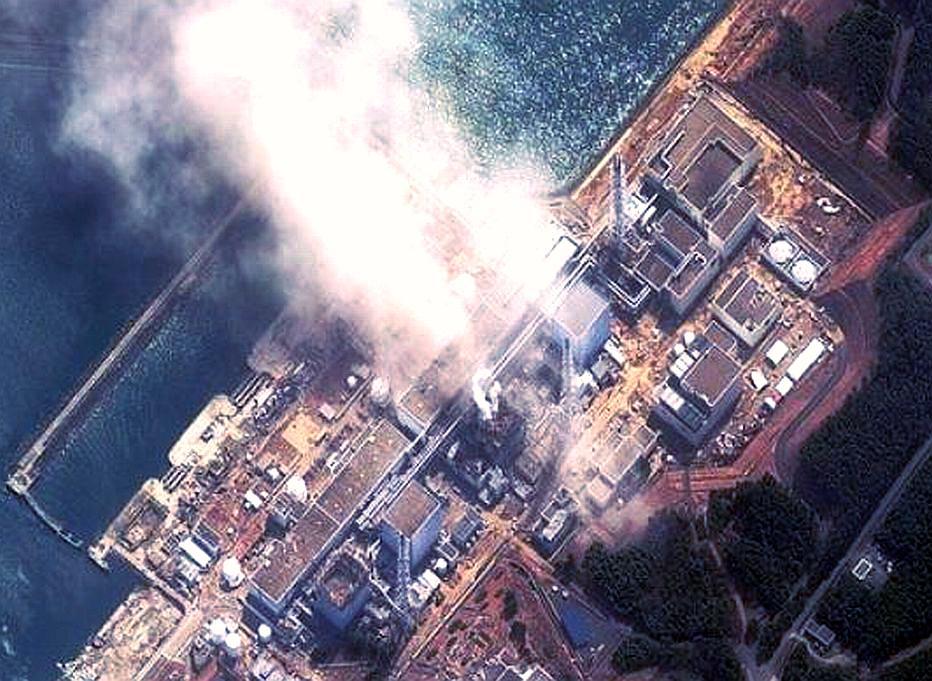
The Fukushima Daiichi Nuclear Power Plant comprised six separate boiling water reactors originally designed by General Electric (GE) and maintained by the Tokyo Electric Power Company (TEPCO). The accident was started by the Tōhoku earthquake and tsunami on Friday, 11 March 2011. On detecting the earthquake, the active Reactors 1, 2 and 3 automatically shut down their fission reactions.
On the other side, Reactors 4, 5, and 6 were already shut down in preparation for refuelling. However, their spent fuel pools still required cooling. Due to the reactor trips and other grid problems, the electricity supply failed, and the reactors’ emergency diesel generators automatically started. Critically, they were powering the pumps that circulated coolant through the reactors’ cores to remove decay heat. These pumps were needed to continuously circulate coolant water through the reactor cores for several days to keep the nuclear fuel rods from overheating, as the rods continued to generate decay heat after fission had ceased.
The earthquake generated a 14 metres high tsunami that swept over the plant’s seawall and flooded the plant’s lower grounds around the Units 1–4 reactor buildings with seawater, filling the basements and destroying the emergency generators for Reactors 1–5. The largest tsunami wave was 13–14 metres high and hit approximately 50 minutes after the initial earthquake, overwhelming the plant’s seawall, which was 10 metres high. The moment of impact was recorded by a camera.
Since the generators were destroyed in the tsunami, power for the plant’s control systems now switched to batteries designed to provide power for about eight hours. Further batteries and mobile generators were dispatched to the site, but were delayed by poor road conditions. The first arrived at 9:00 PM on 11 March, almost six hours after the tsunami struck.
Core cooling was now reliant on secondary emergency pumps run by back-up electrical batteries, but these ran out of power on 12 March, one day after the tsunami. The water pumps stopped and the reactors began to overheat. The lack of cooling water eventually led to three nuclear meltdowns, three hydrogen explosions, and the release of radioactive contamination in Units 1, 2 and 3 between 12 and 15 March.
In Reactors 1, 2, and 3, overheating caused a reaction between the water and the zircaloy ― a zirconium alloy used in nuclear technology, as the cladding of fuel rods in nuclear reactors, especially water reactors ― creating hydrogen gas. As a result, a number of hydrogen-air chemical explosions occurred, the first in Unit 1 on 12 March and the last in Unit 4, on 15 March.
The spent fuel pool of previously shut-down Reactor 4 increased in temperature on 15 March due to decay heat from newly added spent nuclear fuel rods, but did not boil down sufficiently to expose the fuel. The two generators of the cooling Reactor 6 were undamaged and were sufficient to be pressed into service to cool the neighbouring Reactor 5 along with their own reactor, averting the overheating issues the other reactors suffered.
Unsuccessful attempts were made to connect portable generating equipment to power water pumps. The failure was attributed to flooding at the connection point in the Turbine Hall basement and the absence of suitable cables. TEPCO switched its efforts to installing new lines from the grid. One generator at unit 6 resumed operation on 17 March, while external power returned to units 5 and 6 only on 20 March.
Impact Of The Fukushima Nuclear Disaster
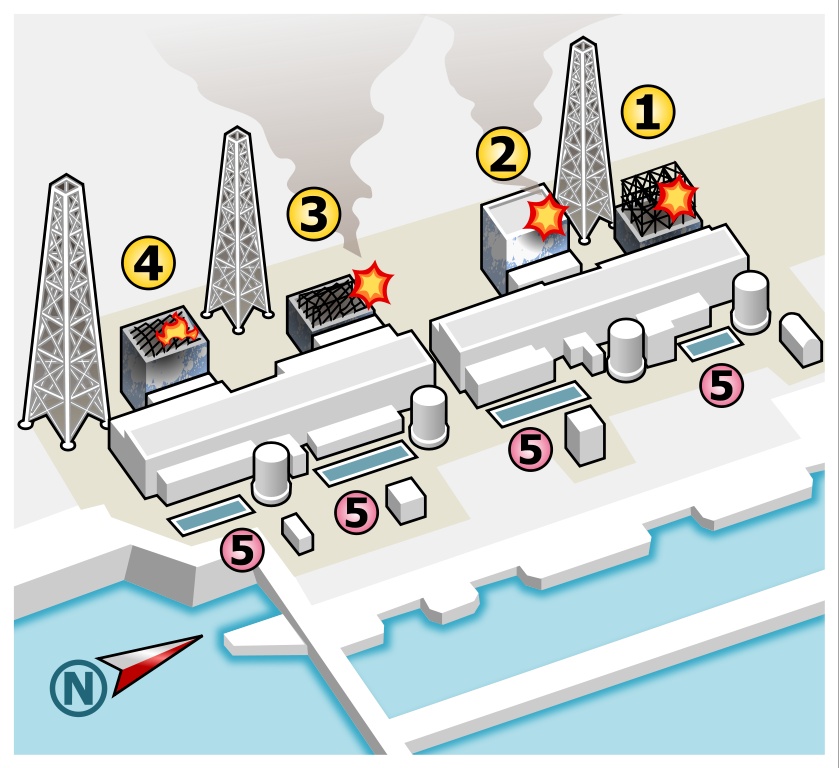
Unit 1: Explosion, roof blown off (12 March)
Unit 2: Explosion (15 March), Contaminated water in underground trench, possible leak from suppression chamber
Unit 3: Explosion, most of concrete building destroyed (14 March), Possible plutonium leak
Unit 4: Fire (15 March), Water level in spent fuel pools partly restored
Multiple trenches: probable source of contaminated water, partly underground, leaked stopped (6 April)
In the days after the accident, radiation released to the atmosphere forced the government to declare an ever-larger evacuation zone around the plant, culminating in an evacuation zone with a 20 km radius. All told, some 154,000 residents evacuated from the communities surrounding the plant due to the rising off-site levels of ambient ionizing radiation caused by airborne radioactive contamination from the damaged reactors.
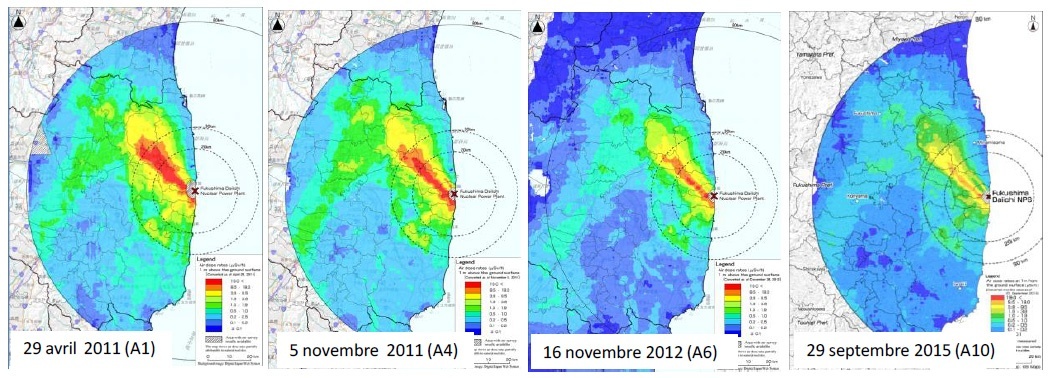
Large amounts of water contaminated with radioactive isotopes were released into the Pacific Ocean during and after the disaster. Michio Aoyama, a professor of radioisotope geoscience at the Institute of Environmental Radioactivity, has estimated that 18,000 terabecquerel (TBq) of radioactive caesium 137 were released into the Pacific during the accident, and in 2013, 30 gigabecquerel (GBq) of caesium 137 were still flowing into the ocean every day. The plant’s operator has since built new walls along the coast and also created a 1.5 km long “ice wall” of frozen earth to stop the flow of contaminated water.
While there has been ongoing controversy over the health effects of the disaster, a 2014 report by the United Nations Scientific Committee on the Effects of Atomic Radiation (UNSCEAR) and World Health Organization projected no increase in miscarriages, stillbirths or physical and mental disorders in babies born after the accident. An ongoing intensive cleanup program to both decontaminate affected areas and decommission the plant will take 30 to 40 years, plant management estimate.
On 5 July 2012, the National Diet of Japan Fukushima Nuclear Accident Independent Investigation Commission (NAIIC) found that the causes of the accident had been foreseeable, and that the plant operator, Tokyo Electric Power Company (TEPCO), had failed to meet basic safety requirements such as risk assessment, preparing for containing collateral damage, and developing evacuation plans.
Present State Of The Fukushima Daiichi Reactors
On March 16, 2011, TEPCO estimated that 70% of the fuel in Unit 1 had melted and 33% in Unit 2, and that Unit 3’s core might also be damaged. As of 2015, it can be assumed that most fuel melted through the reactor pressure vessel (RPV), commonly known as the “reactor core”, and is resting on the bottom of the primary containment vessel (PCV), having been stopped by the PCV concrete. In July 2017, a remotely controlled robot filmed for the first time apparently melted fuel, just below the reactor pressure vessel of Unit 3. In January 2018, another remote-controlled camera confirmed that nuclear fuel debris was at the bottom of the Unit 2 PCV, showing fuel had escaped the RPV.
Reactor 4 was not operating when the earthquake struck. All fuel rods from Unit 4 had been transferred to the spent fuel pool on an upper floor of the reactor building prior to the tsunami. On 15 March, a hydrogen explosion damaged the fourth-floor rooftop area of Unit 4, creating two large holes in a wall of the outer building. Fortunately, there was no significant damage to the fuel rods of Reactor 4. However, in October 2012, the former Japanese Ambassador to Switzerland and Senegal, Mitsuhei Murata, said that the ground under Fukushima Unit 4 was sinking, and the structure may collapse. In November 2013, TEPCO began moving the 1533 fuel rods in the Unit 4 cooling pool to the central pool. This process was completed on December 22, 2014.
On the other side, Reactor 5 and 6 were comparatively in less-threatening conditions as the both Unit 5 and Unit 6 shared a working generator and switchgear during the emergency and achieved a successful cold shutdown, nine days after the disaster took place, on 20th March. The plant’s operators had to release 1,320 tons of low levels of radioactive waste that accumulated from the sub-drain pits into the ocean to prevent equipment from being damaged.
Aftermath
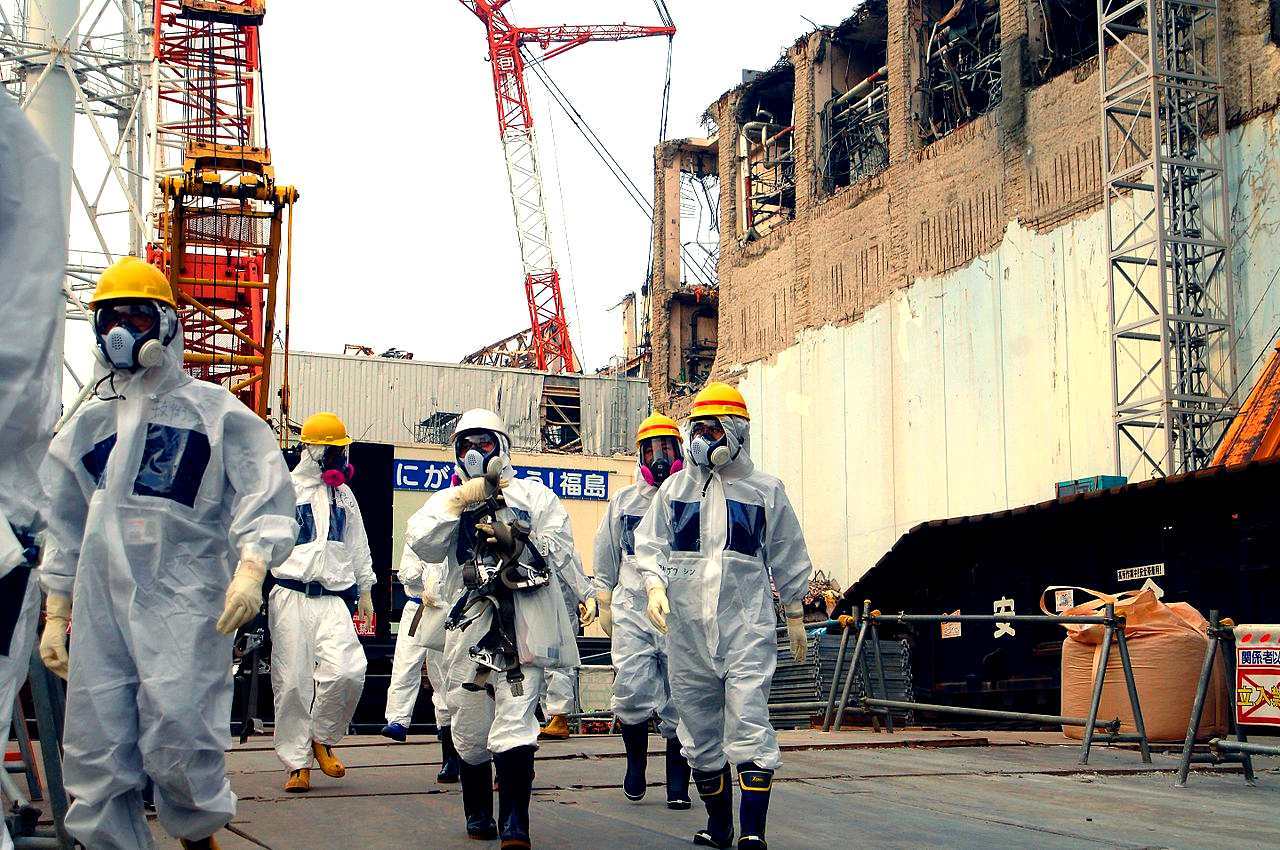
Although there were no deaths from radiation exposure in the immediate aftermath of the incident, there were a number of (non-radiation related) deaths during the evacuation of the nearby population. As of September 2018, one cancer fatality was the subject of a financial settlement, to the family of a former station workman. while approximately 18,500 people died due to the earthquake and tsunami. The maximum predicted eventual cancer mortality and morbidity estimate according to the linear no-threshold theory is 1,500 and 1,800, respectively, but with the strongest weight of evidence producing an estimate much lower, in the range of a few hundred. In addition, the rates of psychological distress among evacuated people rose fivefold compared to the Japanese average due to the experience of the disaster and evacuation.
In 2013, the World Health Organization (WHO) indicated that the residents of the area who were evacuated were exposed to low amounts of radiation and that radiation-induced health impacts are likely to be low.
Contaminated Water – A Threat To Humanity
A frozen soil barrier was constructed in an attempt to prevent further contamination of seeping groundwater by melted-down nuclear fuel, but in July 2016 TEPCO revealed that the ice wall had failed to stop groundwater from flowing in and mixing with highly radioactive water inside the wrecked reactor buildings, adding that “its ultimate goal has been to ‘curtail’ groundwater inflow, not halt it”. By 2019, the ice wall had reduced the inflow of groundwater from 440 cubic meters per day in 2014 to 100 cubic meters per day, while contaminated water generation decreased from 540 cubic meters per day in 2014 to 170 cubic meters per day.
As of October 2019, 1.17 million cubic metres of contaminated water was stored in the plant area. The water is being treated by a purification system that can remove radionuclides, except tritium, to a level that Japanese regulations allow to be discharged to the sea. As of December 2019, 28% of the water had been purified to the required level, while the remaining 72% needed additional purification. However, tritium, a rare radioactive isotope of hydrogen produced in nuclear reactions, cannot be separated from the water. As of October 2019, the total amount of tritium in the water was about 856 terabecquerels, and the average tritium concentration was about 0.73 megabecquerels per litre.
A committee set up by the Japanese Government concluded that the purified water should be released to the sea or evaporated into the atmosphere. The committee calculated that discharging all the water to the sea in one year would cause a radiation dose of 0.81 microsieverts (μSv) to the local people, whereas evaporation would cause 1.2 microsieverts (μSv). For comparison, Japanese people get 2100 microsieverts (equals to 2.1mSv) per year from natural radiation. Bear in mind, 1mSv is the annual dose limit for the general public, while for professionals, it could be up to 50mSv per year.
The International Atomic Energy Agency (IAEA) considers that the dose calculation method is appropriate. Further, IAEA recommends that a decision on the water disposal must be made urgently. Despite the negligible doses, the Japanese committee is concerned that the water disposal may cause reputational damage to the prefecture, especially to the fishing industry and tourism. Tanks used to store the water are expected to be filled by summer 2022. Four United Nations human rights experts urged the Japanese government against rushing to discharge radioactive water from the Fukushima nuclear plant into the sea until consultations are made with affected communities and neighbouring countries.
Investigation Reports Of The Fukushima Daiichi Nuclear Disaster
In 2012, the Fukushima Nuclear Accident Independent Investigation Commission (NAIIC) revealed the nuclear disaster was “manmade”, and that the direct causes of the accident were all foreseeable prior to March 11, 2011. The report also found that the Fukushima Daiichi Nuclear Power Plant was incapable of withstanding the earthquake and tsunami. TEPCO, the regulatory bodies (NISA and NSC) and the government body promoting the nuclear power industry (METI), all failed to correctly develop the most basic safety requirements ― such as assessing the probability of damage, preparing for containing collateral damage from such a disaster, and developing evacuation plans for the public in the case of a serious radiation release.
TEPCO admitted for the first time on 12 October 2012 that it had failed to take stronger measures to prevent disasters for fear of inviting lawsuits or protests against its nuclear plants. There are no clear plans for decommissioning the plant, but the plant management estimate is thirty or forty years.
Final Words
In July 2018, a robotic probe has found that radiation levels remain too high for humans to work inside one of the Fukushima’s reactor buildings. During the core melt-down events at Fukushima, radioactivity was released as fine particulates that travelled in the air, some time for distances of tens of kilometres, and settled onto the surrounding countryside. The atmosphere was not affected on a noticeable scale, as the overwhelming majority of the particulates settled either within the water system or soil surrounding the plant.
Almost 9 years have been passed since the Fukushima Daiichi Nuclear disaster happened. Now, a lot of residents have moved homes — and moved on, rebuilding their lives elsewhere. Others are afraid of returning to an area that had been once covered with radioactive particles. Still, some people are starting to filter back in Fukushima’s surrounding area. In 2018, tours to visit the Fukushima disaster area began. From Chernobyl to Tokaimura to Fukushima, in every nuclear disaster, we learned that humans are actually capable of handling a nuclear project or power plant by following the proper procedures, rules and regulations but we stay careless about all these things until we face a great loss in humanity due to this.




